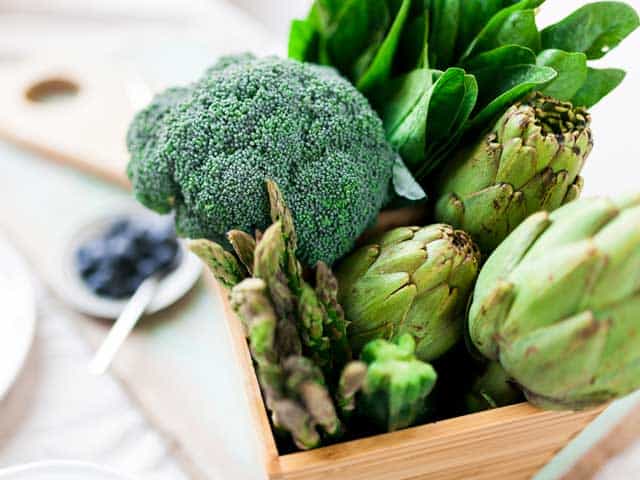
What does FODMAP mean?
It’s okay if FODMAP sounds like an unusual made-up word to you—it is. An acronym, FODMAP stands for Fermentable Oligosaccharides, Disaccharides, Monosaccharides and Polyols. What do all those fermentable substances have in common? They’re all short-chain carbohydrates.
Found in many common foods, FODMAPS can be a problem for some people because they are not well-absorbed by their small intestine. When a person, who has this intolerance, eats a food high in FODMAPs, the food that was poorly absorbed in the small intestine travels into the large intestine where it becomes an extra food source for the gut bacteria there. For some people, these short-chain FODMAP carbs can cause digestive disorders.
A Low-FODMAP Diet
A low-FODMAP diet is often recommended by a health professional who recognizes their patient may be experiencing symptoms caused by eating these FODMAPs. On a low-FODMAP diet, you avoid those foods that contain the fermentable carbohydrates. To make it easy, we’ll break it down by letters!
The O in FODMAP refers to oligosaccharides which can be found in high amounts in the following foods:
- Artichokes
- Asparagus
- Broccoli
- Brussels sprouts
- Dried fruit
- Garlic
- Onion
- Inulin
- Lentils
- Beans
- Soy beans
- Split peas
- Cashews
- Pistachios
- Barley
- Rye
- Wheat
The D in FODMAP refers to disaccharides, or lactose, which can be found in high amounts in the following foods:
- Milk (cow, goat and sheep)
- Buttermilk
- Custard
- Ice cream
- Yogurt
- Evaporated milk
- Milk powder
The M in FODMAP refers to monosaccharides which can be found in high amounts in the following foods:
- Apples
- Figs
- Peaches
- Pears
- Watermelon
The P in FODMAP refers to polyols which can be found in in high amounts in the following foods:
- Apples
- Apricots
- Cherries
- Nectarines
- Pears
- Peaches
- Prunes
- Watermelon
- Avocado
- Cauliflower
- Mushrooms
- Snow peas
- Sorbitol
- Mannitol
- Xylitol
- Isomalt
- High-fructose corn syrup
Low-FODMAP vs. Gluten-Free
At first glance, it may seem like a low-FODMAP diet is similar to a gluten-free diet because they both avoid wheat, barley and rye. Gluten is the protein present in those three grains which is why they’re avoided on a gluten-free diet. Wheat, barley and rye also contain fructans, a source of the oligosaccharides carbs that are to be avoided in a low-FODMAP diet.


 VIEW ALL
VIEW ALL



